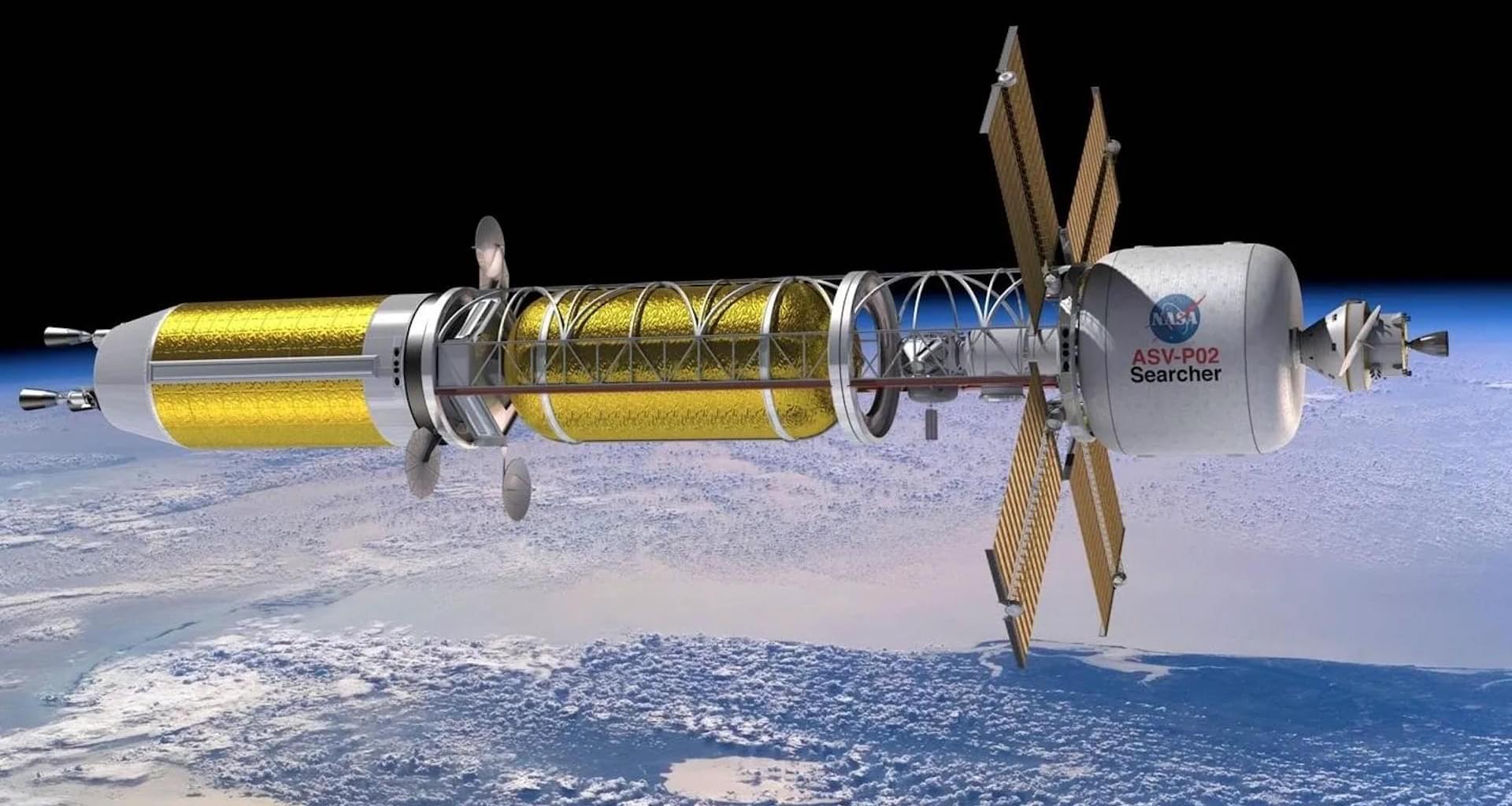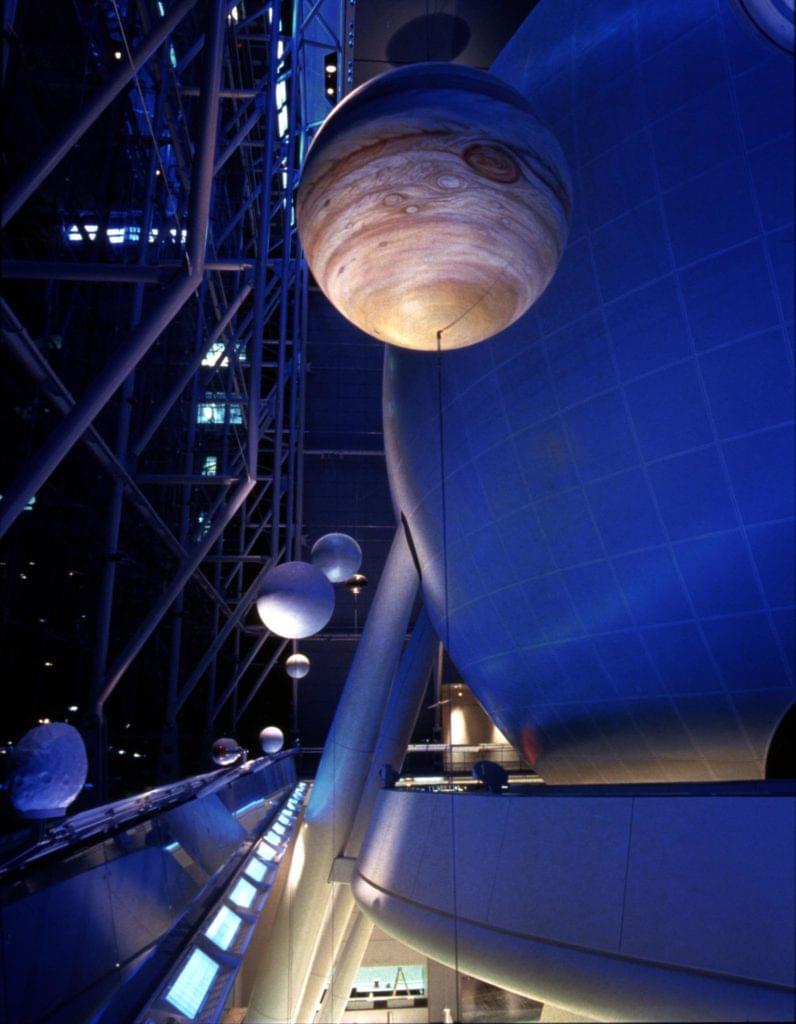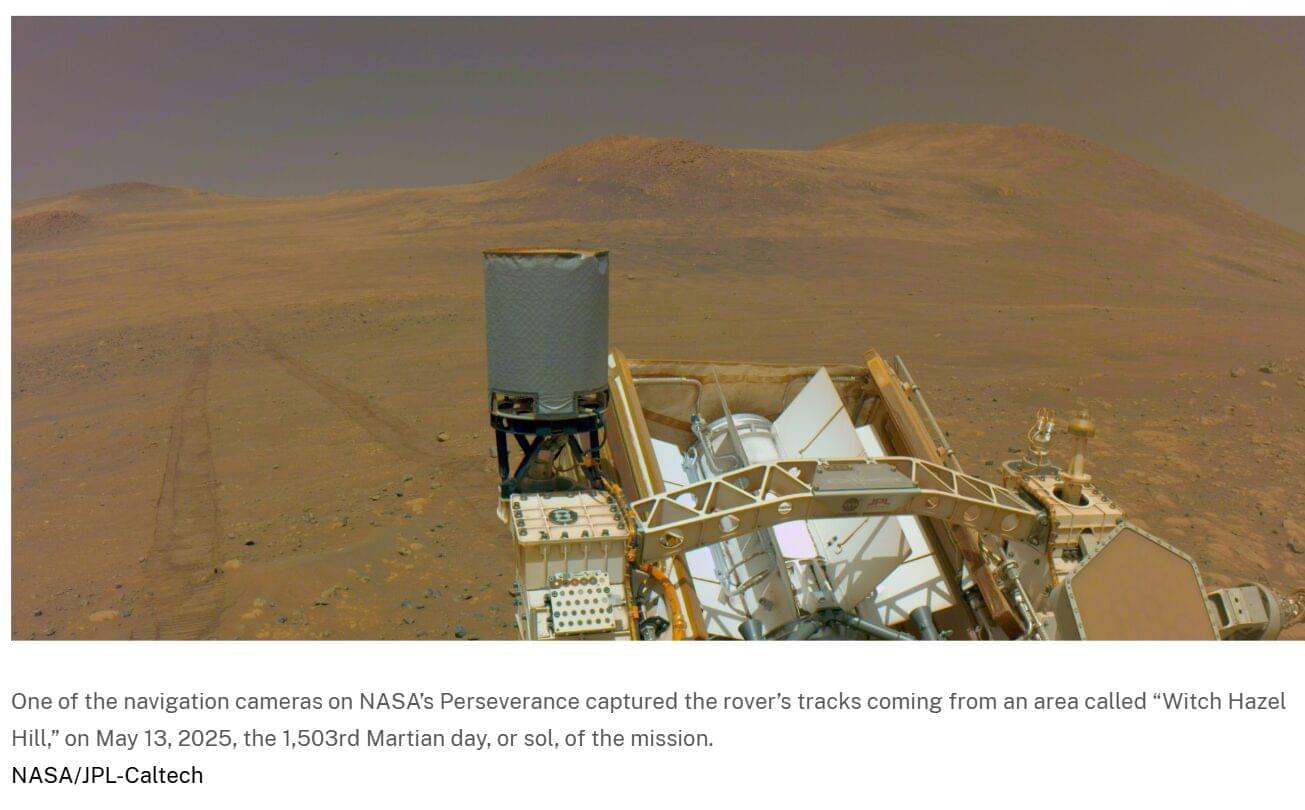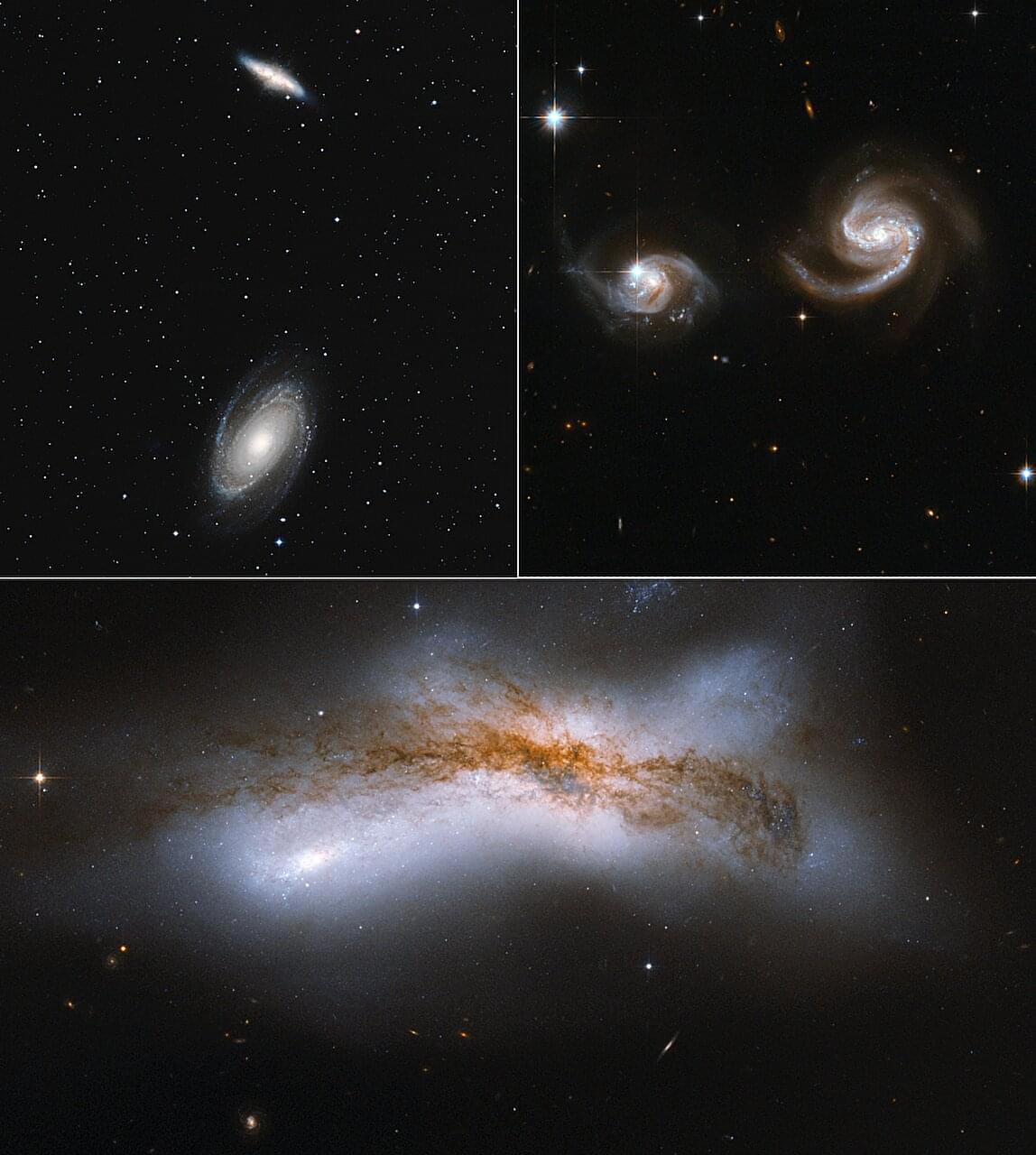Nuclear propulsion could enable humanity to explore the far reaches of the solar system, a new study reveals.



Scientists may have found a planet orbiting two brown dwarfs at a wild 90-degree tilt—something never seen before.
For decades, astronomers have claimed the Milky Way will merge with Andromeda in ~4 billion years. Here’s why, in 2025, that seems unlikely.

NASA’s Perseverance Mars rover is exploring a new region of interest the team is calling “Krokodillen” that may contain some of the oldest rocks on Mars. The area has been on the Perseverance science team’s wish list because it marks an important boundary between the oldest rocks of Jezero Crater’s rim and those of the plains beyond the crater.
“The last five months have been a geologic whirlwind,” said Ken Farley, deputy project scientist for Perseverance from Caltech in Pasadena. “As successful as our exploration of ‘Witch Hazel Hill’ has been, our investigation of Krokodillen promises to be just as compelling.”
Named by Perseverance mission scientists after a mountain ridge on the island of Prins Karls Forland, Norway, Krokodillen (which means “the crocodile” in Norwegian) is a 73-acre (about 30-hectare) plateau of rocky outcrops located downslope to the west and south of Witch Hazel Hill.

IN A NUTSHELL 🚀 The PHARAO mission will launch an atomic clock to the International Space Station to test Einstein’s theory of general relativity. ⏰ This clock aims to measure time with unprecedented precision, detecting variations even at levels equivalent to a one-meter altitude change. 🔬 Advances in atomic clock technology, including laser-cooling techniques, enhance

Scientists from Helsinki, Durham and Toulouse universities used data from NASA’s Hubble and the European Space Agency’s Gaia space telescopes to simulate how the Milky Way and Andromeda will evolve over the next 10 billion years.
The two galaxies are currently heading towards each other at a speed of about 100 kilometers per second.
A collision would be devastating for both galaxies, which would be destroyed, leaving behind a spheroidal pile of stars known as an elliptical galaxy.

Based on time-series photometry from three different telescopes, an international team of astronomers has performed a detailed asteroseismology study of WD J0049−2525—the most massive pulsating white dwarf. The study, published May 22 on the arXiv pre-print server, resulted in the detection of new pulsation modes of this white dwarf.
White dwarfs (WDs) are stellar cores left behind after a star has exhausted its nuclear fuel and represent the final evolutionary stage for the vast majority of stars. Observations show that most WDs have primary spectral classification DA as they exhibit hydrogen-dominated atmospheres. However, a small fraction of WDs showcases traces of heavier elements.
In pulsating WDs, luminosity varies due to non-radial gravity wave pulsations within these objects. One subtype of pulsating WDs is known as DAVs, or ZZ Ceti stars, which have only hydrogen absorption lines in their spectra.

An emerging technology to make lithium-ion batteries safer and more powerful involves using solid rather than liquid electrolytes, the materials that make it possible for ions to move through the device to generate power.
A team of University of Texas at Dallas researchers and their colleagues have discovered that the mixing of small particles between two solid electrolytes can generate an effect called a “space charge layer,” an accumulation of electric charge at the interface between the two materials.
The finding could aid the development of batteries with solid electrolytes, called solid-state batteries, for applications including mobile devices and electric vehicles. The researchers published their study in ACS Energy Letters, where it is featured on the cover of the March issue.

Cosmic rays are high-energy particles from outer space that strike Earth’s atmosphere, generating showers of secondary particles, such as muons, that can reach the planet’s surface. In recent years, ground-based experiments have detected more cosmic muons than current theoretical models predict, a discrepancy known as the muon puzzle.
Underground experiments offer good conditions for the detection of cosmic muons, because the rock or soil above the experiments absorbs the other shower components. They could therefore help to solve the muon puzzle. One example is ALICE at the Large Hadron Collider (LHC).
Designed to study the products of heavy-ion collisions, ALICE is also well-suited for detecting cosmic muons thanks to its location in a cavern 52 meters underground, shielded by 28 meters of overburden rock and an additional 1 meter of iron magnet yoke.